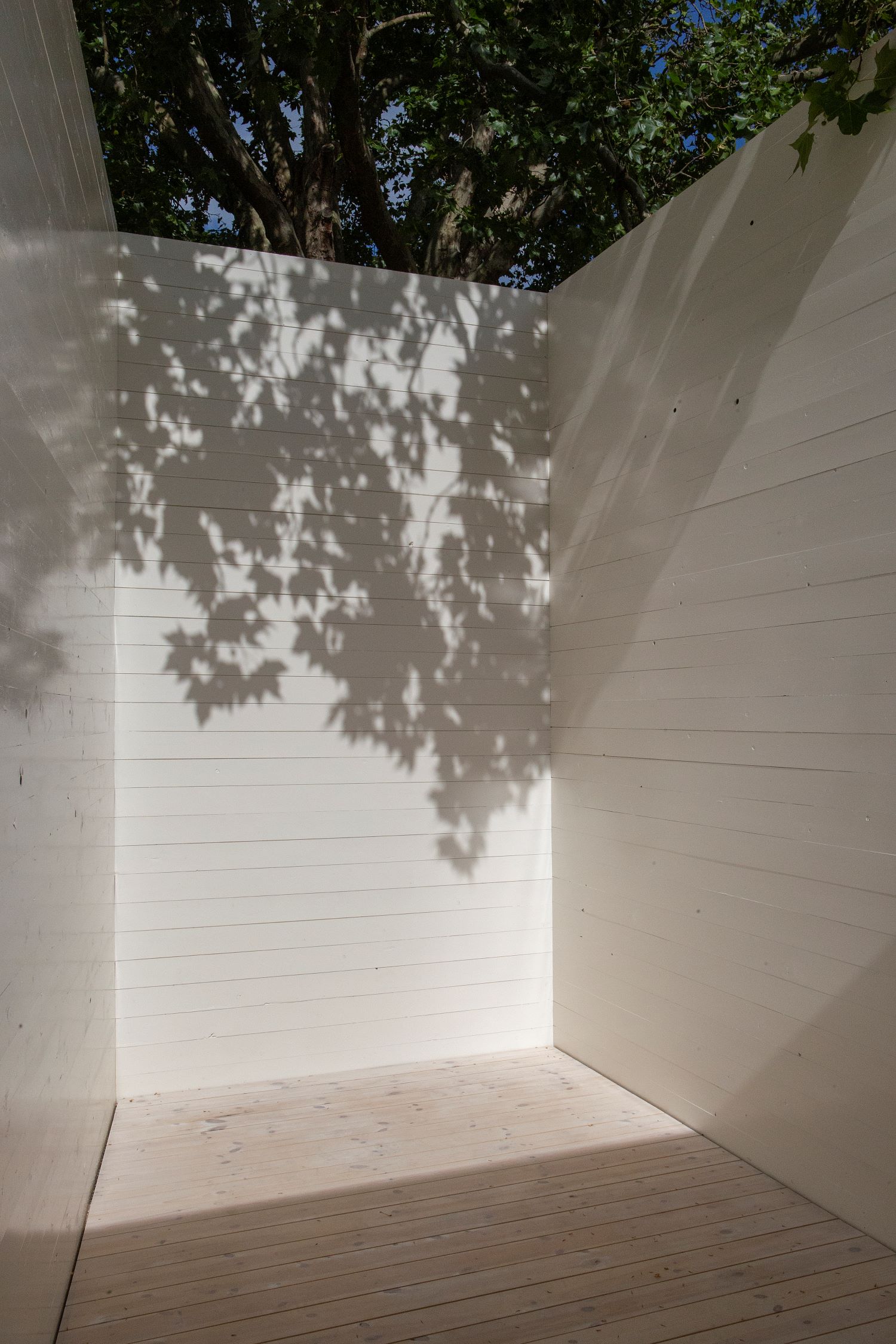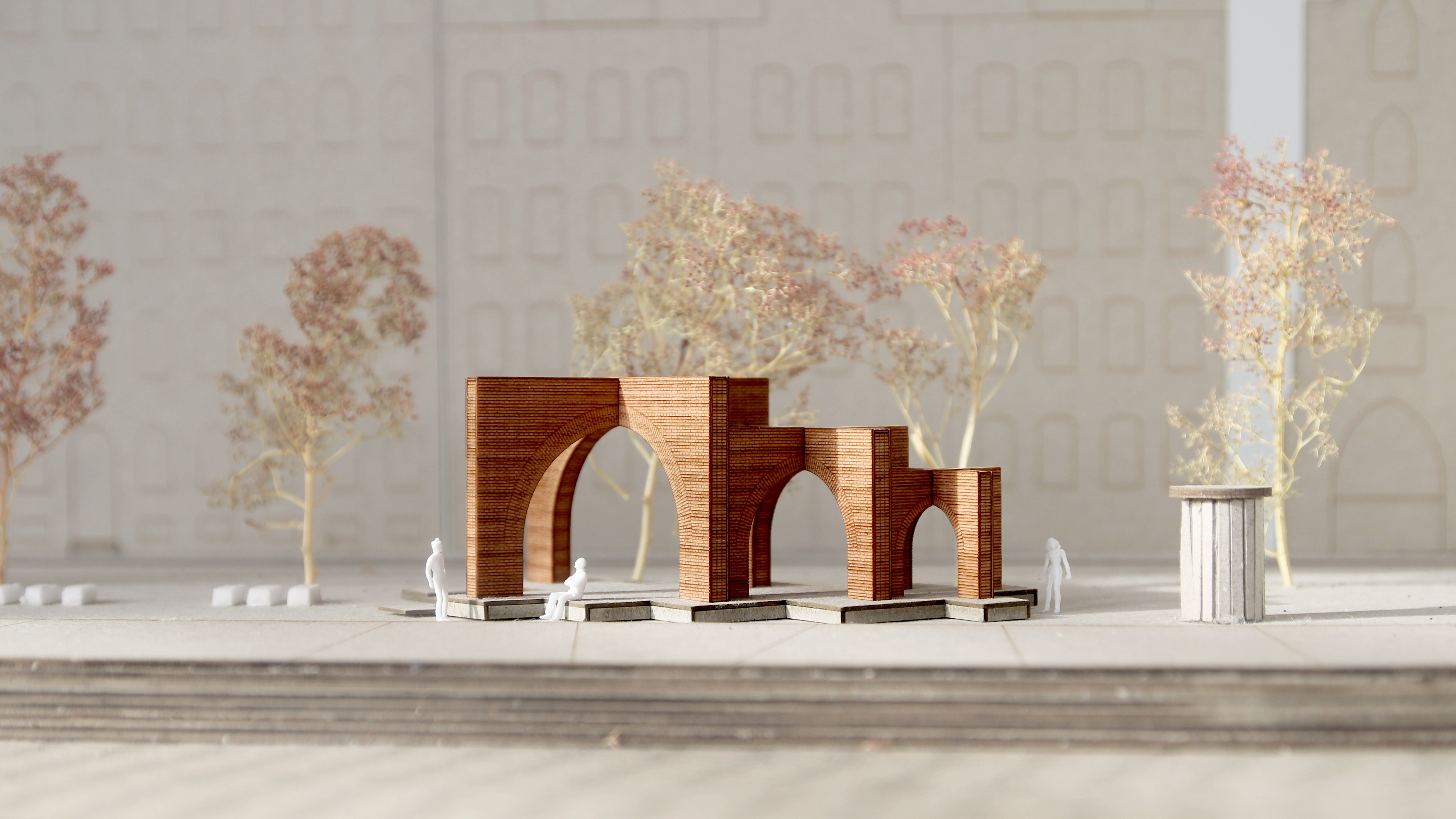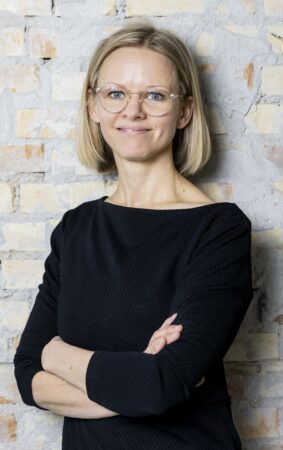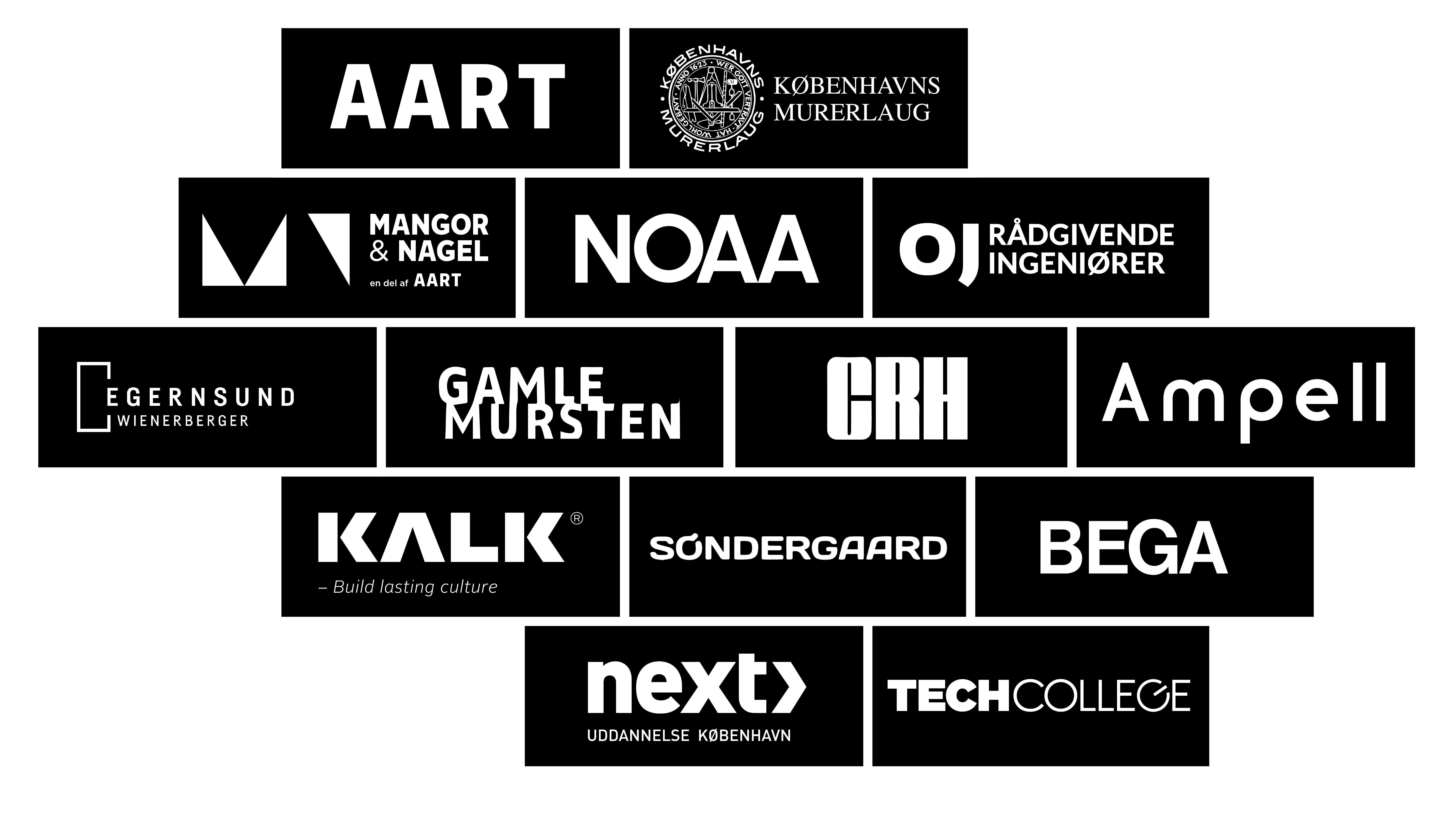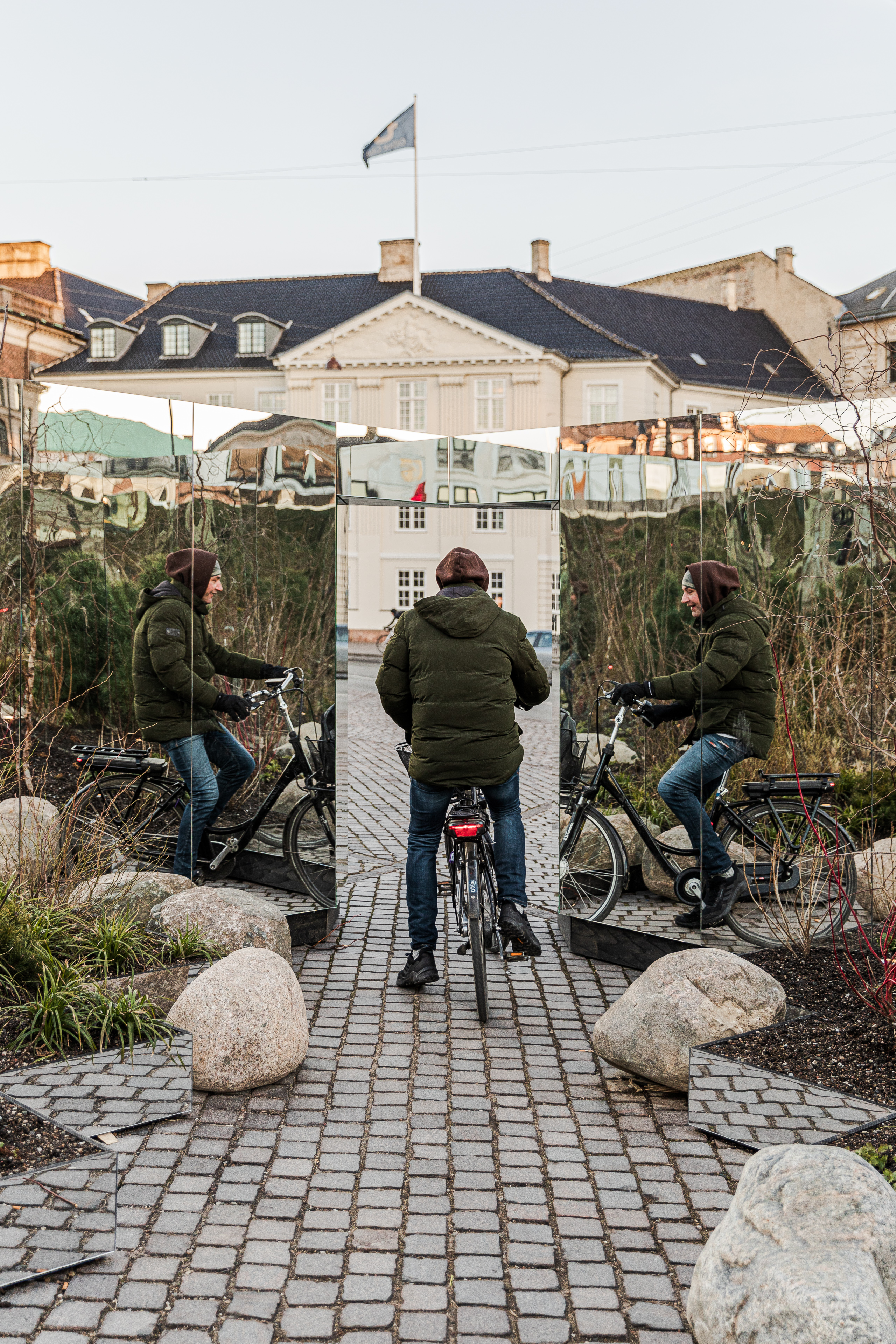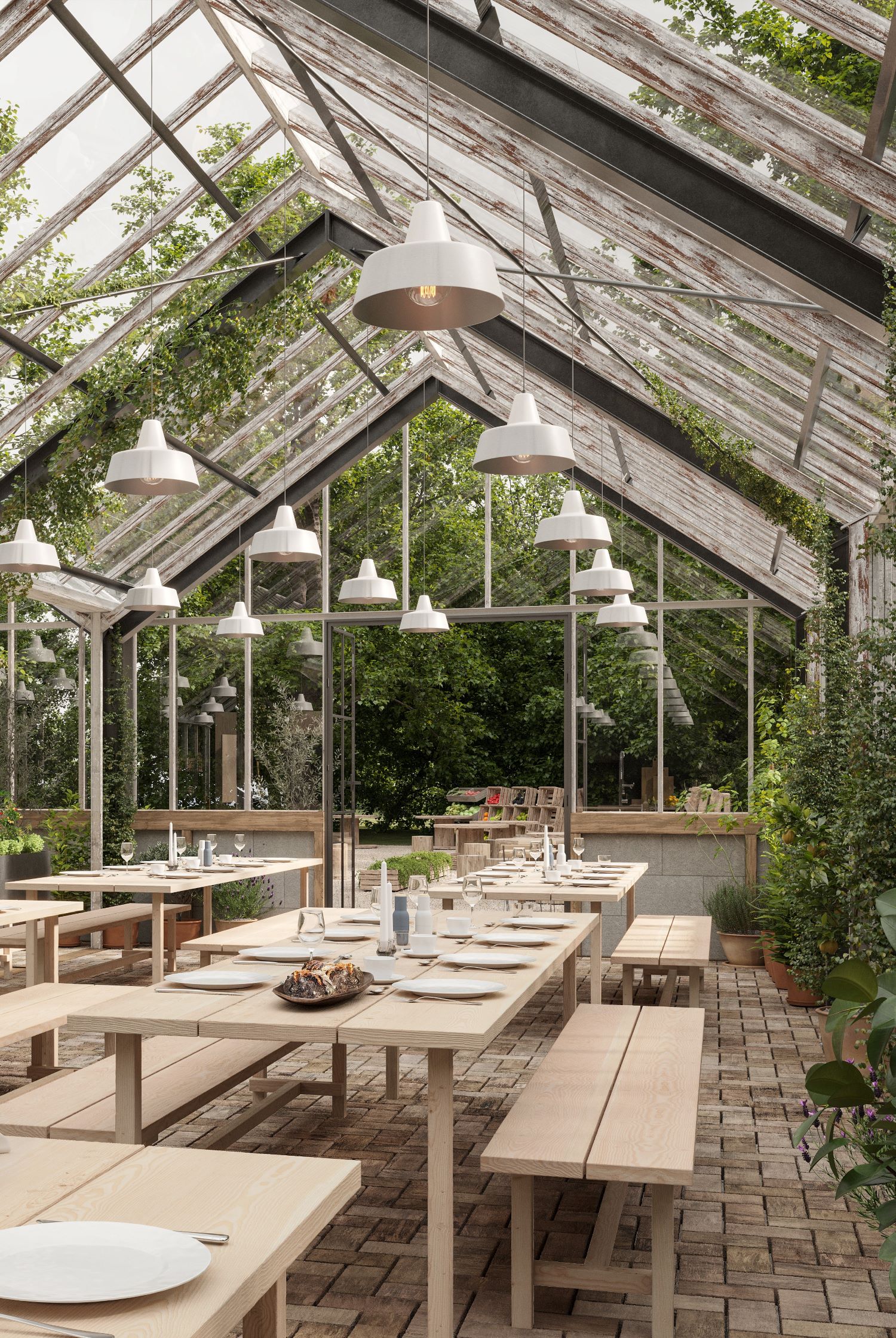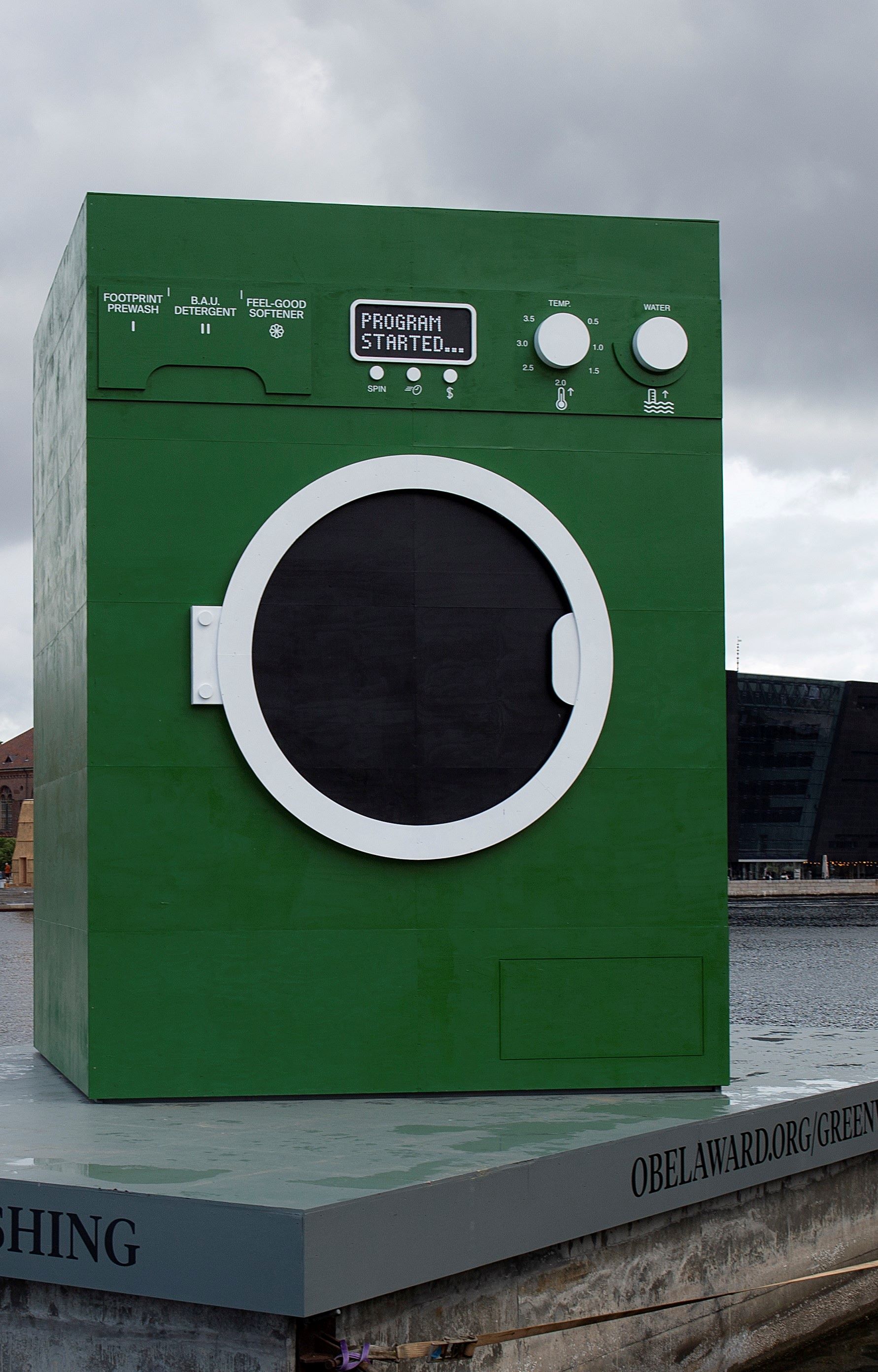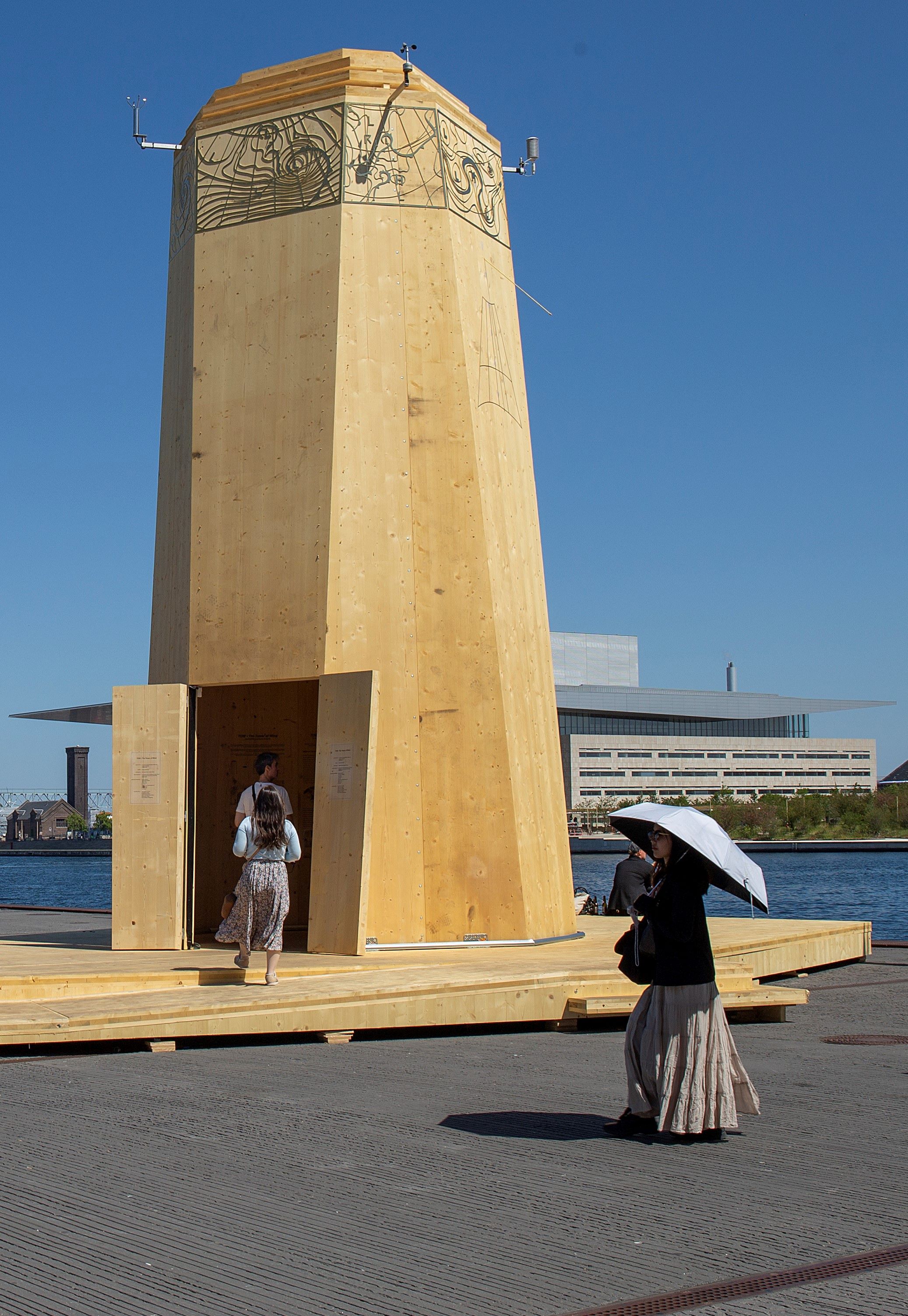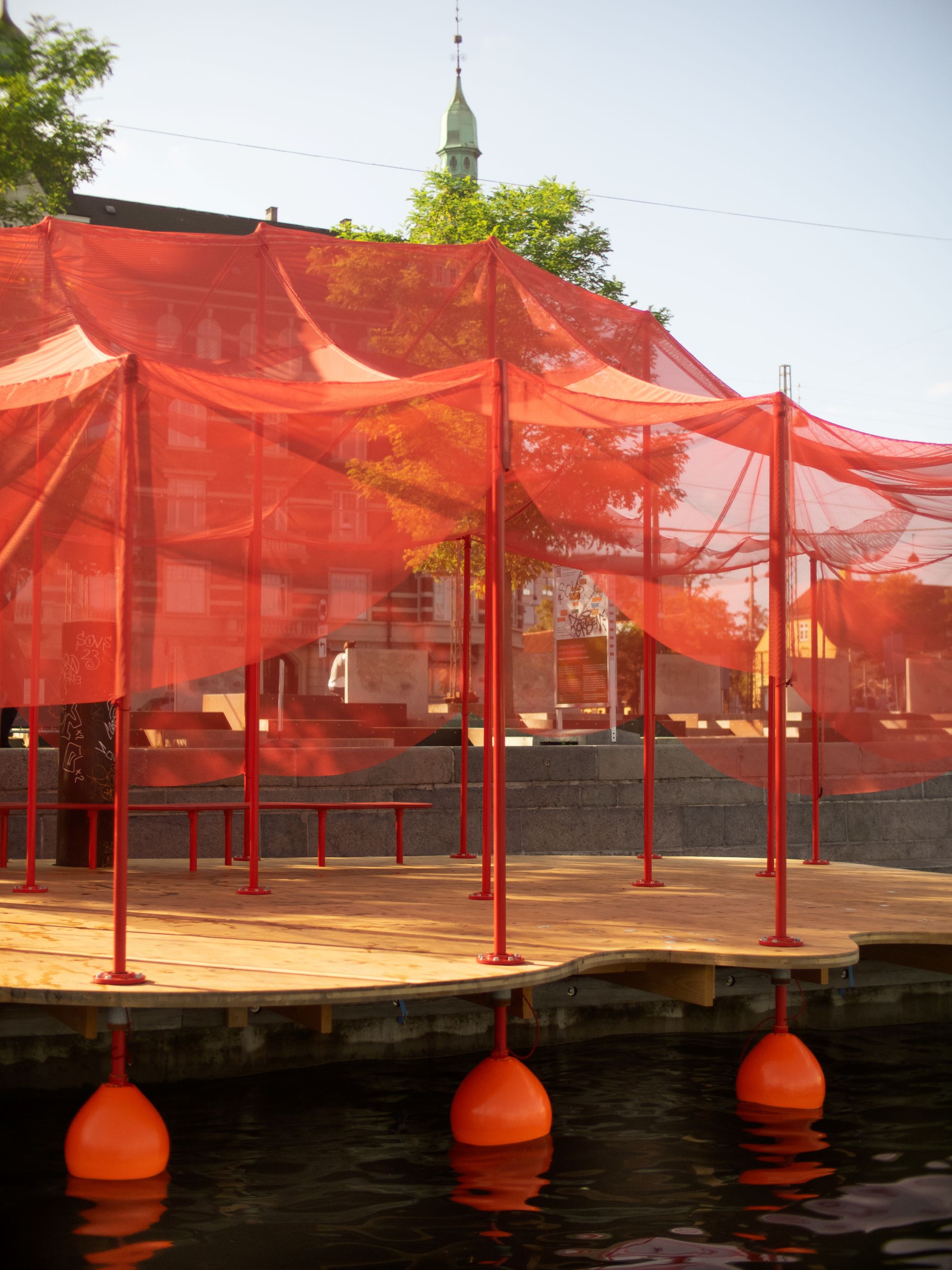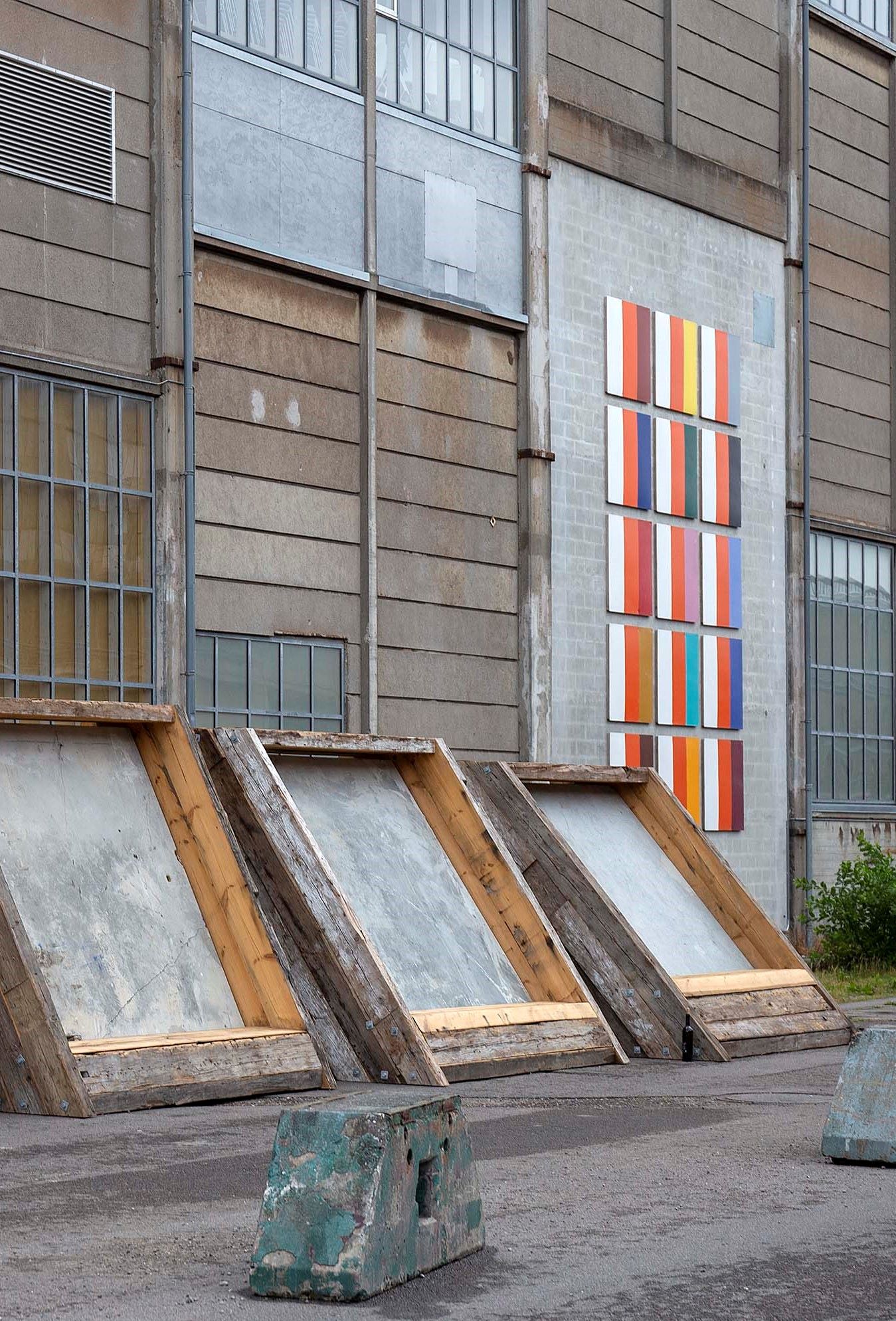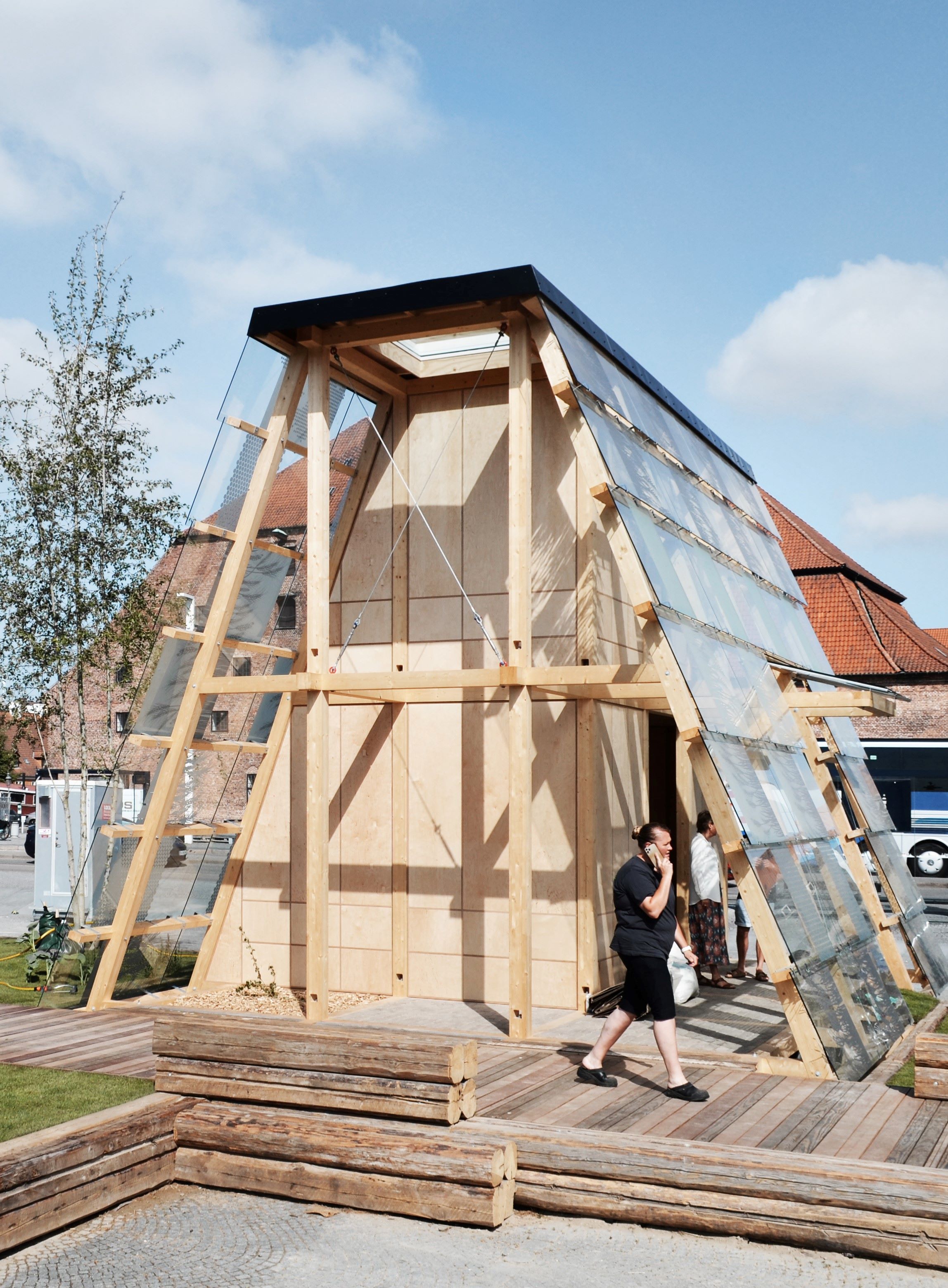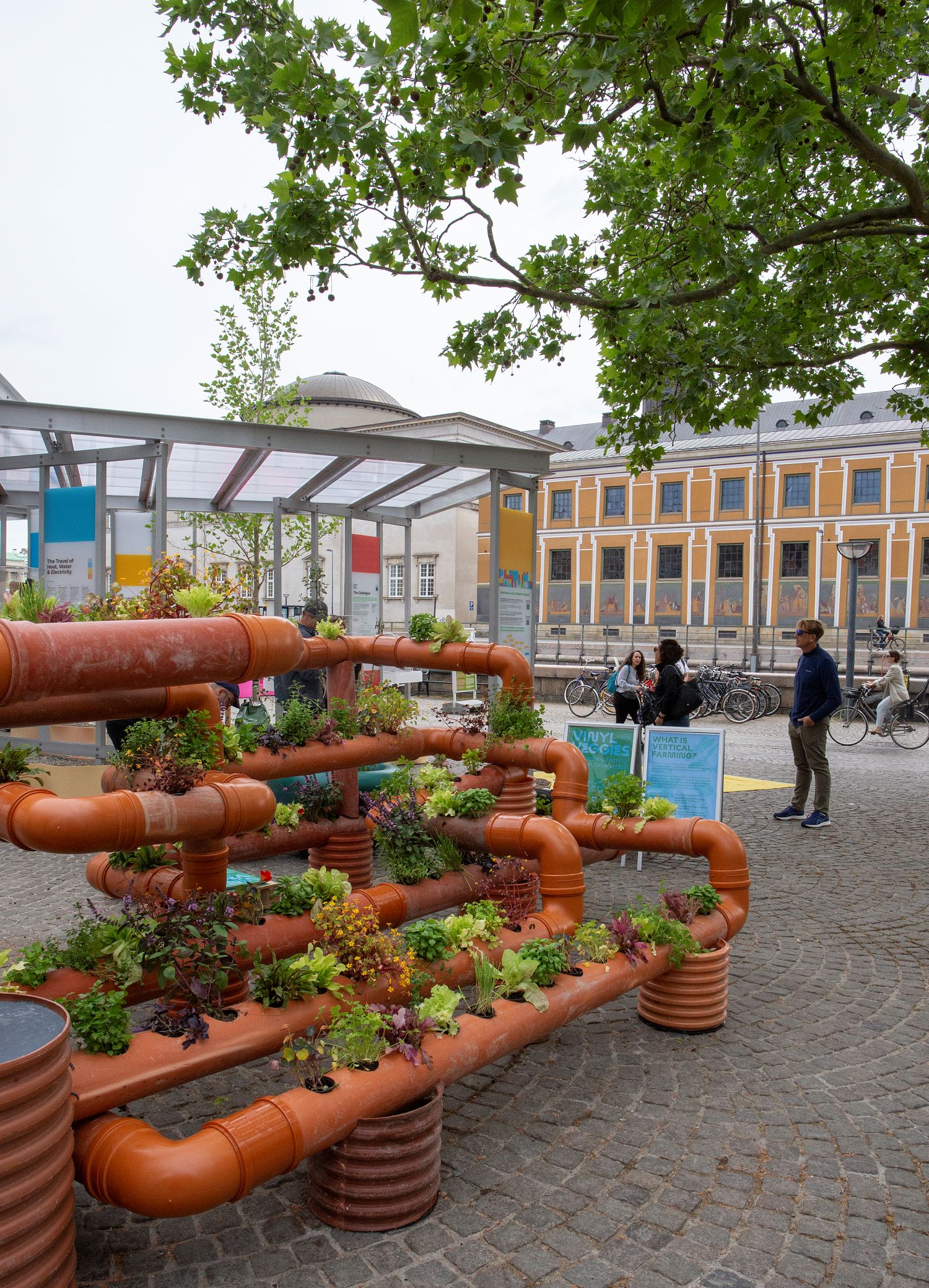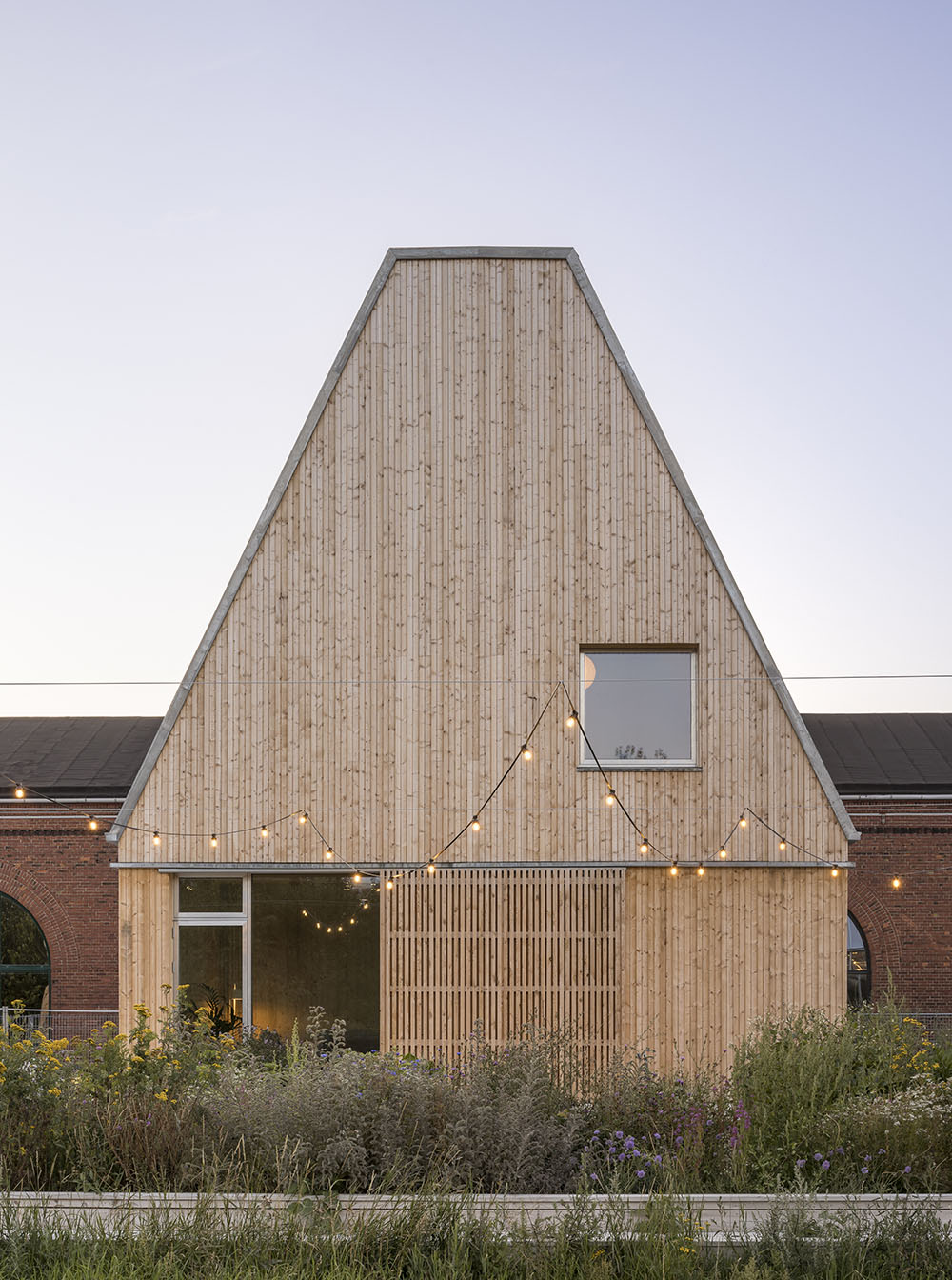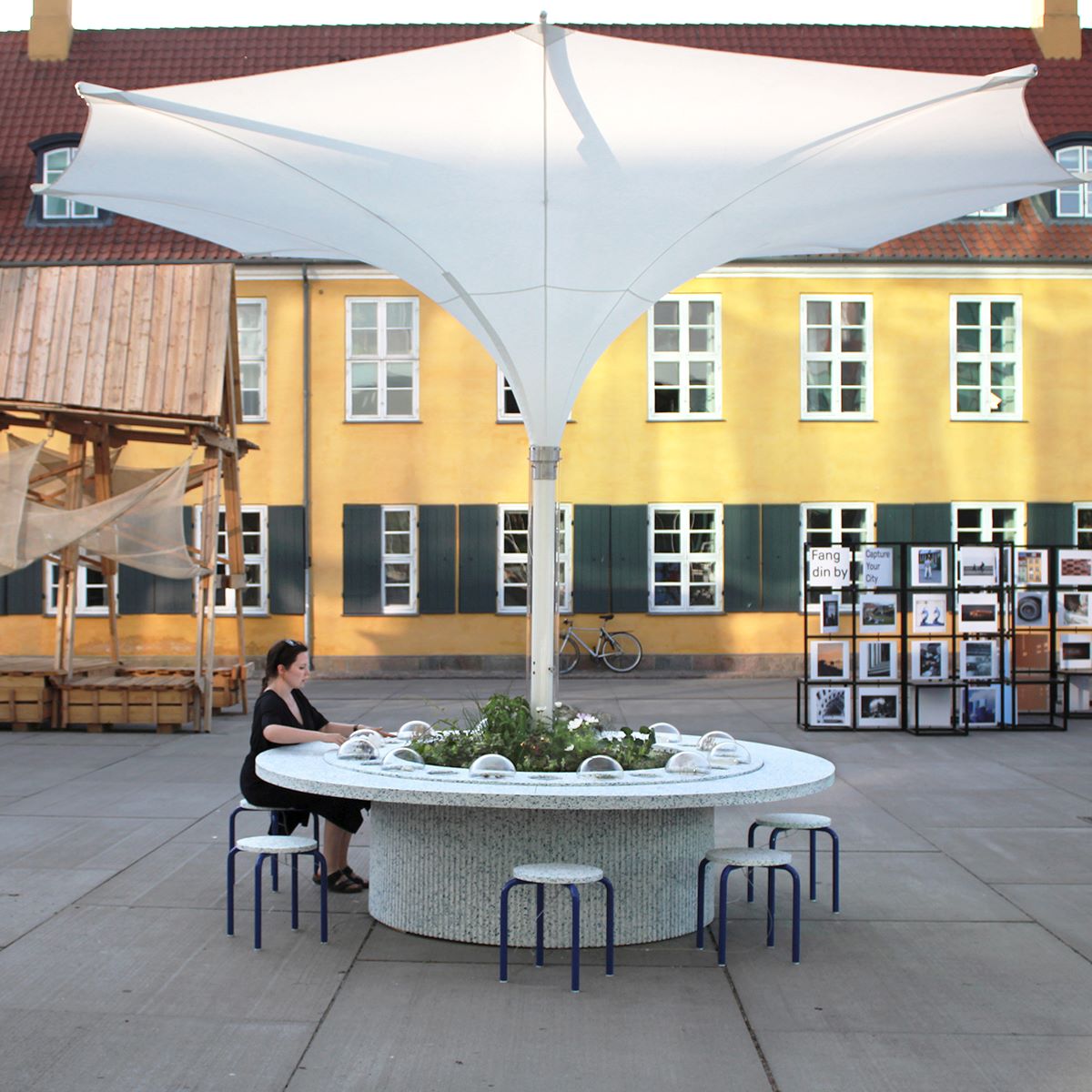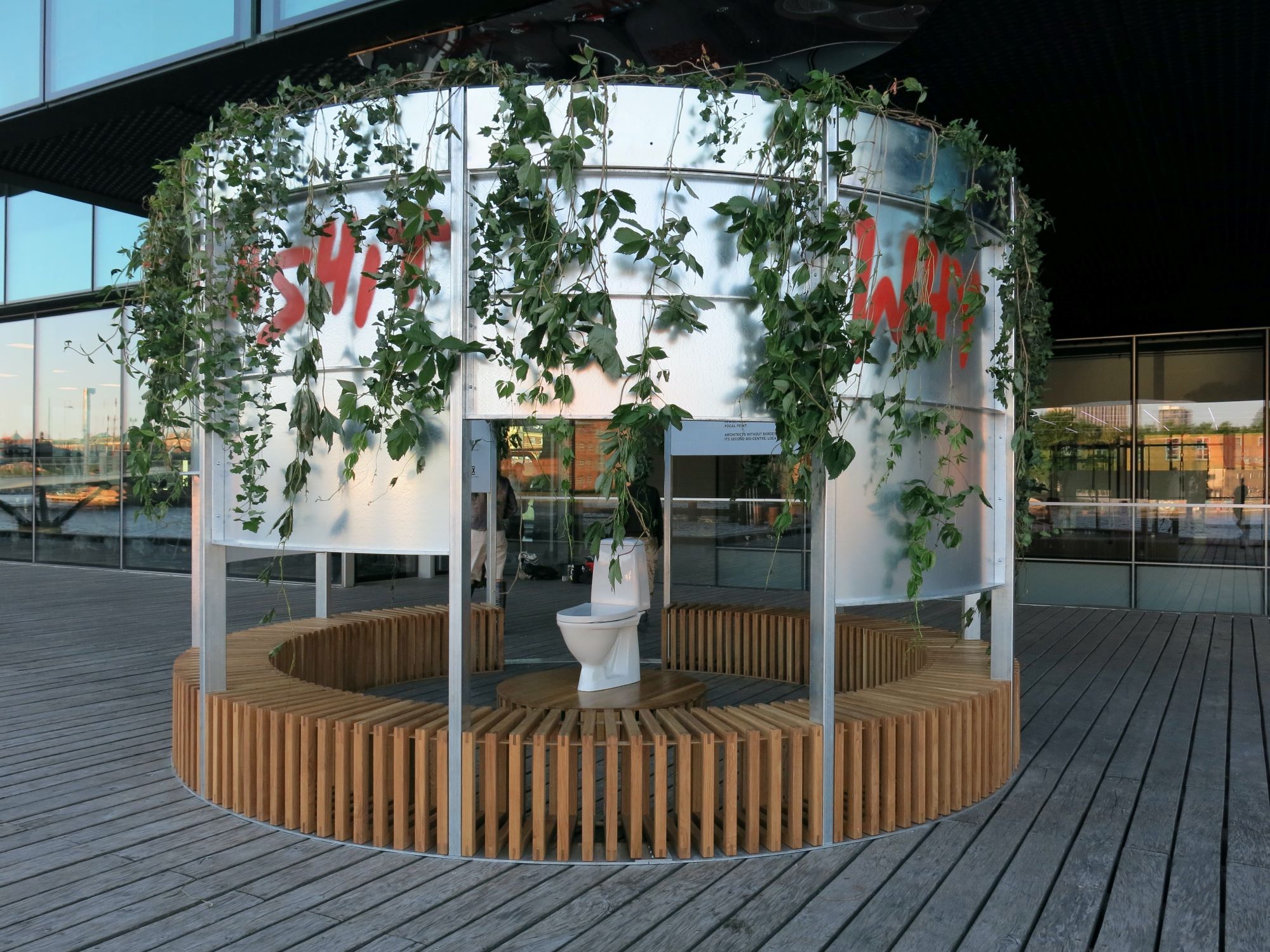Bricks are the cornerstone of Danish welfare buildings. This year marks the 400-year anniversary of Københavns Murerlaug (Copenhagen Mason’s Guild) as well as the Danish implementation of demands for CO2-reductions in the construction industry through the building regulations. The two coinciding events, however, mark a great dilemma.
With a much longer lifespan than 50 years, which is the time span set for calculating CO2 reductions in lifecycle assessment, brick is an evidentially long-lasting material and one of the few that age beautifully. But brick also has a very energy-consuming production phase.
To bring focus to the issue and explore what needs to be done to further the sustainable development and use of brick, the pavilion is designed as three cross arches, each of a different size, but all with approximately the same CO2 footprint.
The smallest arch is made of a traditional, massive, and energy-heavy brick, while the middle arch makes use of the market’s currently most climate-friendly, soft-laid brick. Built mainly with recycled bricks, the largest arch marks an ambition of a 75% reduction in CO2 emissions.
The partnership behind the pavilion represents all parts of the construction value chain – from manufacturers to consultants and artisans.
